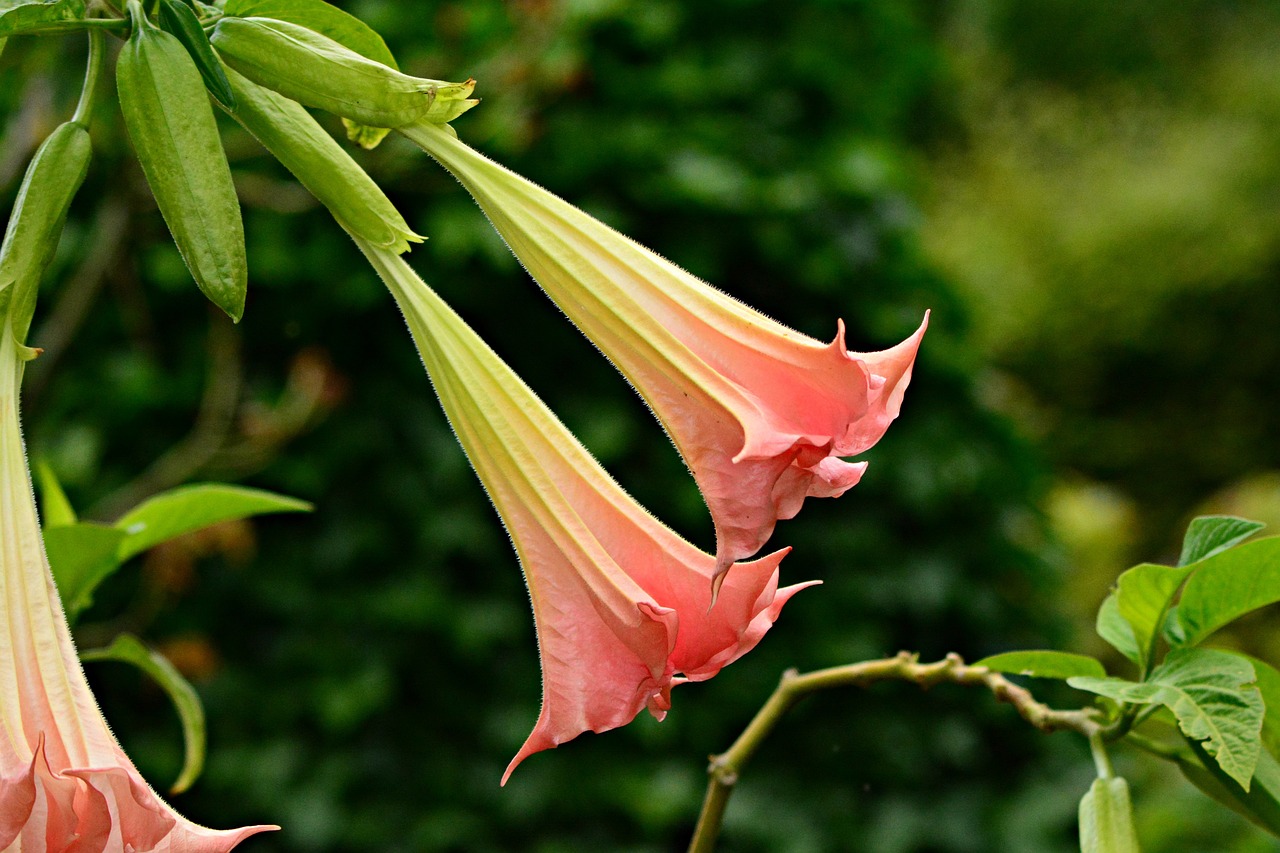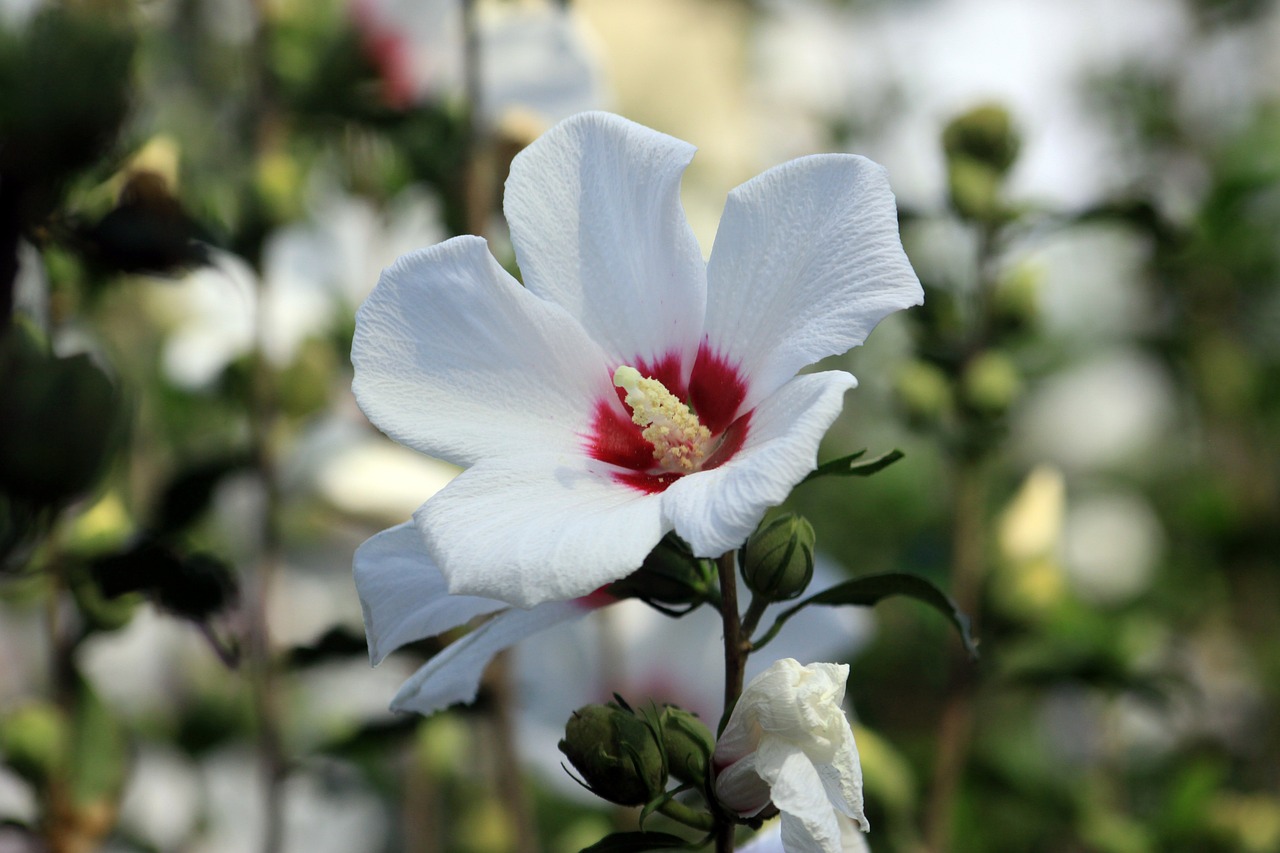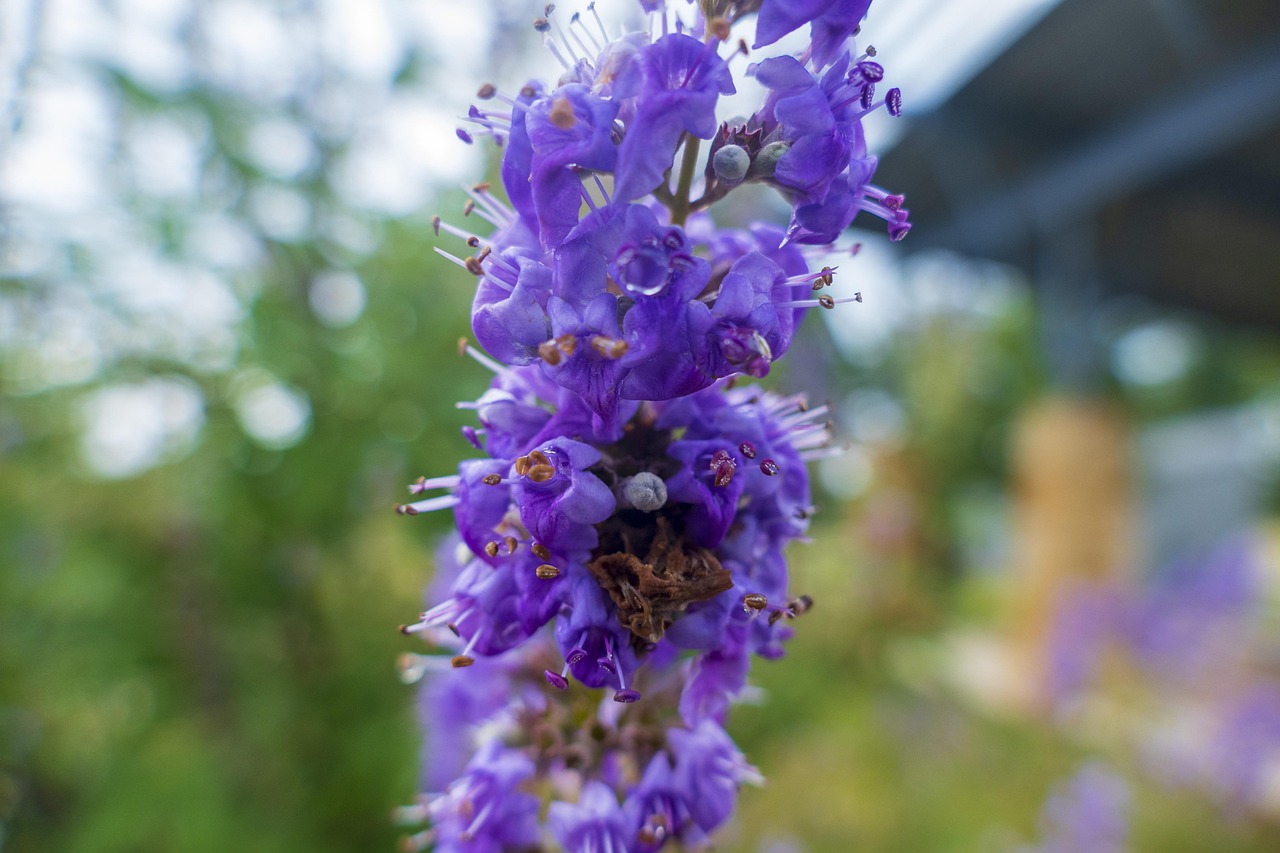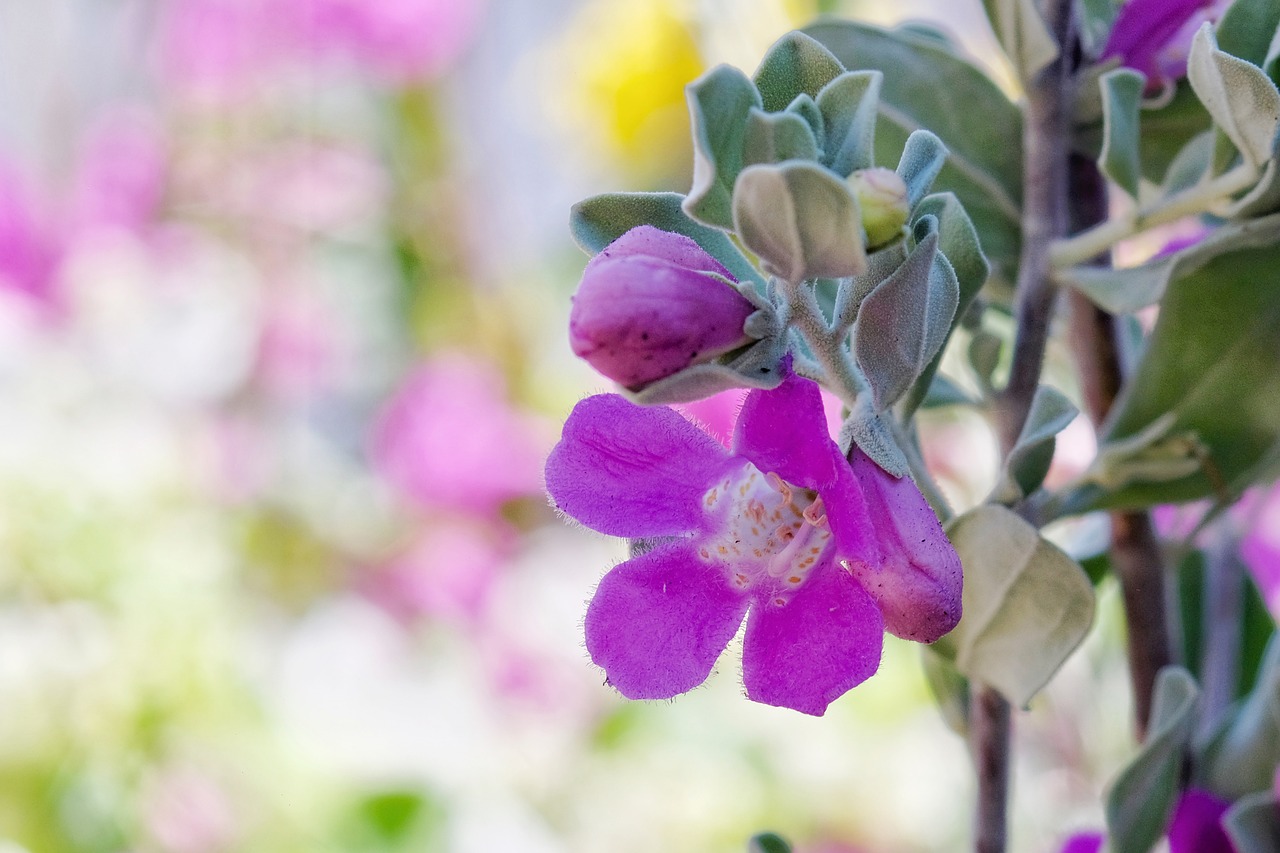Mountain Hydrangea | A Delicate Flower Thriving in Japan’s Mountain Villages
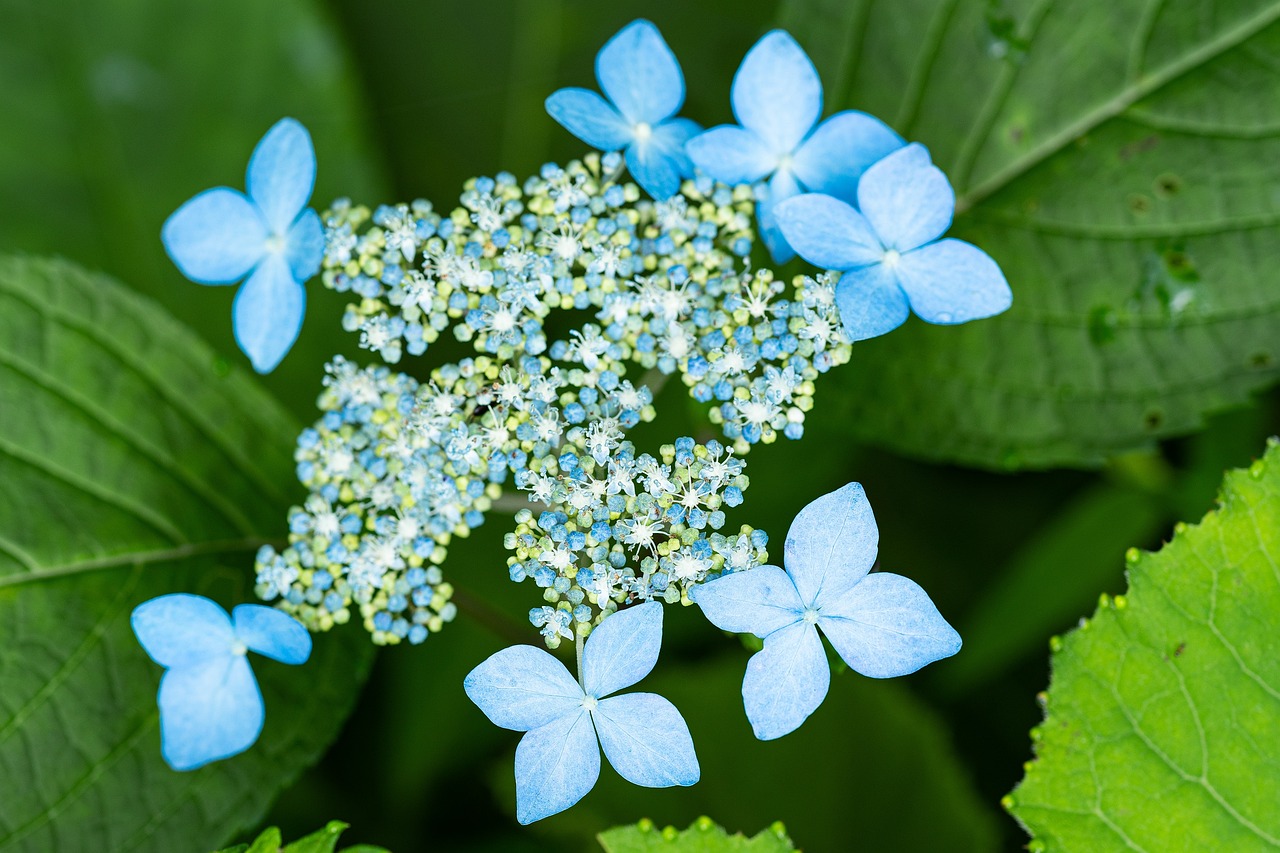
The mountain hydrangea (Hydrangea serrata) is a deciduous shrub native to the mountains of Japan. It brings a refreshing touch of color during the rainy season. Its delicate appearance and soft hues make it a popular choice for gardens and potted plants.
In this article, I will explain the basic information about the mountain hydrangea, its cultural and historical background, and tips on how to grow it.
Basic Information
- Scientific name: Hydrangea serrata
- Family: Hydrangeaceae
- Origin: Japan (Honshu, Shikoku, Kyushu)
- Appearance: The mountain hydrangea grows up to 1–2 meters tall and produces small inflorescences. The decorative flowers, which look like a frame around the fertile ones, vary in color—blue, pink, or white—depending on the soil’s acidity. The flat flower heads with tiny central fertile flowers are a distinctive feature.
- Blooming season: June to July
Cultural Significance Around the World
The mountain hydrangea has been nurtured within Japan’s unique horticultural tradition. It is often planted in temple grounds and rural gardens, becoming a beloved symbol of the rainy season landscape.
It is also closely tied to the tea ceremony culture, where it is used as a chabana (tea flowers) to decorate the alcove.
Abroad, it has gained popularity among gardening enthusiasts interested in traditional Japanese gardens. Today, it can be seen in gardens across the United States and Europe.
When recreating Japanese gardens, this plant is frequently chosen as an expression of natural beauty.
Historical Background
The history of the mountain hydrangea dates back to ancient times, and its name even appears in waka poetry of the Heian period.
During the Edo period, numerous varieties were cultivated and spread as ornamental plants. This era saw the flourishing of horticulture, leading to the creation of diverse cultivars that are still admired today.
In the Meiji period, while Western hydrangeas were imported to Japan, native mountain hydrangeas began to be introduced overseas. Japanese varieties were planted in botanical gardens in Britain and France, gaining recognition for their beauty.
Gardening Advice
The mountain hydrangea is hardy and easy to grow, but with proper care, its beauty can be fully appreciated. Here are some key points:
Sunlight
Prefers partial shade. Strong direct sunlight may scorch the leaves, so a spot with dappled light or bright shade is best.
Watering
Water thoroughly when the soil dries. For potted plants, water more frequently as they dry out faster.
Soil
Thrives in slightly acidic soil. Mixing blueberry soil can be effective. Choose soil with good drainage and water retention.
Fertilizer
Apply slow-release fertilizer in spring before flowering and in early summer after blooming. Avoid over-fertilization, which may reduce flower production.
Pruning
Prune after flowering to protect buds for the next year. Remove old or crowded branches to encourage healthy growth.
Conclusion
The mountain hydrangea is a deciduous shrub native to Japan’s mountains, coloring the rainy season with its modest flower heads and soft hues.
Cherished for its refined Japanese aesthetic, it has been incorporated into tea culture and Japanese gardens. Since the Meiji era, it has also attracted attention abroad, becoming a valued element in Japanese-style landscapes.
As it prefers partial shade and a humid environment, with proper care, it rewards gardeners with its delicate beauty.


